 Subject of this association is the Bugatti 100P, in
1937 the development of this extremely advanced
airplane was started. This was under contract of the
French airforce ministry, Ettore Bugatti had hired
the Belgian Louis de Monge as chief engineer. The
first version of the airplane was planned as a speedrecord
airplane, a military version would follow
later.
Subject of this association is the Bugatti 100P, in
1937 the development of this extremely advanced
airplane was started. This was under contract of the
French airforce ministry, Ettore Bugatti had hired
the Belgian Louis de Monge as chief engineer. The
first version of the airplane was planned as a speedrecord
airplane, a military version would follow
later.
Ettore Bugatti is of course well-known through his
race- en sportscars from the years in between both
worldwars, but he was also interested in many other
technical devices. During the first world war airplane-
engines were designed and built, while in the
thirties the Bugatti "autorail" was the factor that
brought work to the Bugatti factory in Molsheim.
This light train reached 195 km/h, and with this held
the world record for a long time.
Louis de Monge built his first airplanes before WWI,
during WWI he designed and produced modern propellers,
sold under the name Lumière. After WWI
several, often technically advanced, designs were
made, of which none was a commercial success.
Tragically the Bugatti 100P airplane never flew, the
Germans invaded Paris before it was 100% ready.
The airplane surprisingly survived the war, and still
exists. The airplane is now in the EAA museum in
Oshkosh, USA. Both engines exist, and were built
into Bugatti race-cars.
 Some of the airplane´s characteristics:
Some of the airplane´s characteristics:
- Extremely streamlined design, made possible
by placing the two engines behind the cockpit.
- Forward swept wings
- A sandwich-construction in wood, where balsa
wood between two layers of hard wood makes
a very light, very strong ans stiff construction.
- Propulsion by two counter-rotating propellers,
driven from the two engines by axles under the
pilot´s elbow.
- The airplane was equipped with ground adjustable
propellers. Propellers with in-flight adjustable
pitch were being developed
- The engines were special developments of racecar
engines, 8 cylinder 4.9 litre with compressor
and many magnesium parts, approx. 450hp.
- Automatic wing-flaps, that changed the wingprofile
for extra lift or less drag. Adjustment
automatic according to airspeed, throttle etc.
- This system was also capable of acting as an
airbrake, or be used during dives. The same
system also automatically lowered and raised
the retractable landing gear.
- Special cooling system with radiators in the fuselage,
air entering at the leading edge of the
stabilisers. The air flowed through the fuselage
to the front, exiting at the trailing edge of the
wing.
- "Y" tail.
Drawings on the top and right: Hubert Cance
|
 NEWS
NEWS  100P Airplane
100P Airplane  Bugatti
Bugatti  de Monge
de Monge  Organisation
Organisation  Pegasus Newsletter
Pegasus Newsletter Contact
Contact  Links
Links Main
Main 



 NEWS
NEWS  100P Airplane
100P Airplane  Bugatti
Bugatti  de Monge
de Monge  Organisation
Organisation  Pegasus Newsletter
Pegasus Newsletter Contact
Contact  Links
Links Main
Main 
 NEWS
NEWS  100P Airplane
100P Airplane  Bugatti
Bugatti  de Monge
de Monge  Organisation
Organisation  Pegasus Newsletter
Pegasus Newsletter Contact
Contact  Links
Links Main
Main 